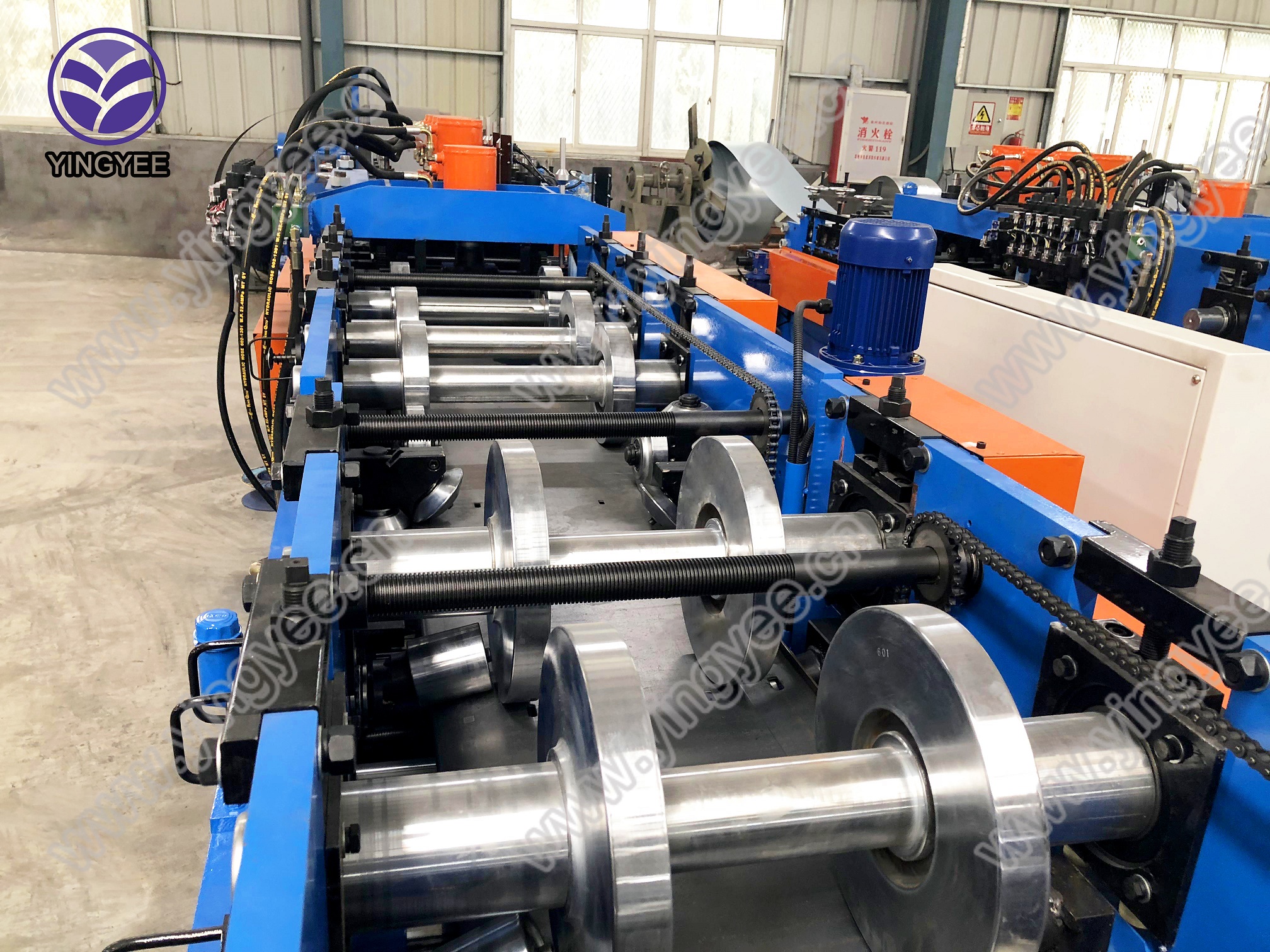
The Advancements and Applications of Corrugated Deck Cold Bending Machines
In the modern construction industry, efficiency and precision are paramount. Among the various tools and machinery that aid in achieving these goals, corrugated deck cold bending machines have emerged as vital equipment. These machines are specifically designed to form and shape corrugated metal sheets, which are widely used in roofing, flooring, and wall applications. This article explores the advancements in corrugated deck cold bending machines, their applications, and the benefits they offer to the construction sector.
Understanding Corrugated Deck Cold Bending Machines
Corrugated deck cold bending machines are specialized equipment that use cold forming techniques to bend and shape corrugated sheets of metal without the application of heat. This method is essential for preserving the material's inherent properties while achieving the desired structural integrity and aesthetic appeal. Cold bending involves the mechanical deformation of materials at room temperature, which not only enhances precision but also reduces the risk of thermal distortions, ensuring a highly accurate end product.
The machinery typically consists of several key components, including a feeding system, bending rolls, and an adjustable cutting mechanism. These components work in unison to take flat metal sheets and transform them into the desired corrugated profiles efficiently. The advanced digital controls in modern machines allow operators to input specific profiles and dimensions, enabling rapid changeovers with minimal downtime.
Applications in Construction
The applications of corrugated deck cold bending machines are extensive, making them indispensable in construction projects. One of the most significant uses of these machines is in the fabrication of metal roof decks. These decks are lightweight and offer superior strength, making them ideal for a wide range of commercial and residential buildings. The corrugated design also provides excellent interlocking capabilities, enhancing structural stability.
Additionally, these machines are used to manufacture floor decking systems, which provide both the framework and the surface on which the flooring is placed. The corrugated profiles improve load-bearing capacity and facilitate effective drainage, making them suitable for both industrial and architectural applications. Furthermore, the versatility of the machine allows for creating custom profiles tailored to specific project needs, further expanding its utility.
Benefits of Using Cold Bending Techniques

The shift towards cold bending methods in the fabrication of corrugated decks presents several advantages. Firstly, the absence of heat during the bending process reduces the risk of material degradation, preserving the strength and durability of the metal. This characteristic is particularly crucial in construction, where material integrity is essential for safety and longevity.
Moreover, cold bending machines are known for their efficiency. By streamlining the production process, they minimize waste and reduce energy consumption. The precision offered by these machines means that less material is wasted during the cutting and shaping stages, significantly lowering costs over time.
Another notable benefit is the speed at which production can be accomplished. Modern corrugated deck cold bending machines are designed for high throughput, allowing manufacturers to meet tight project deadlines without compromising quality. This capability is increasingly important in the competitive construction market, where timely delivery can influence project success.
Future Trends in Corrugated Deck Cold Bending Machinery
As technology continues to evolve, the future of corrugated deck cold bending machines appears promising. Innovations in automation and artificial intelligence could lead to even more advanced machinery that requires minimal human intervention while maximizing output. Additionally, the integration of advanced materials science may further enhance the capabilities of these machines, enabling them to work with a broader range of materials and thicknesses.
Sustainability will also likely play a significant role in the development of future bending machines. The construction industry is moving towards more environmentally friendly practices, and machines that can optimize material use and reduce energy consumption will be at the forefront of this change.
Conclusion
Corrugated deck cold bending machines are pivotal in the construction industry, streamlining the fabrication of essential structural components. Their ability to efficiently produce high-quality corrugated profiles without compromising material integrity offers significant advantages over traditional methods. As advancements in technology continue to shape the landscape of construction machinery, the future of cold bending machines looks bright, promising further innovations that will enhance their capabilities and applications. In a rapidly evolving industry, these machines will undoubtedly remain crucial for meeting the demands of modern construction projects.